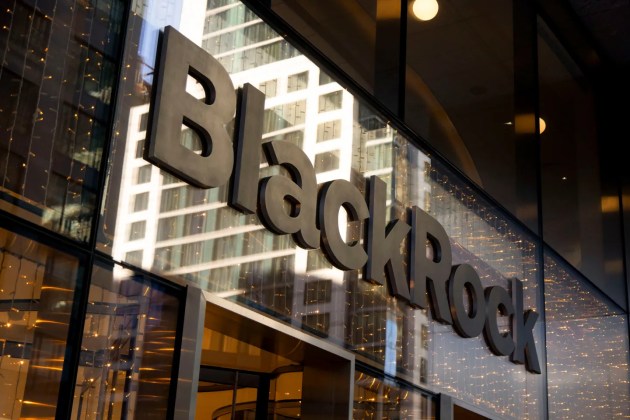A 2023 research report from ARK Invest highlights Bitcoin’s historical outperformance of major assets and suggests an institutional portfolio allocation as high as 19.4% to maximize risk-adjusted returns.
The investment management firm published its annual report on Jan. 31, which presents various research findings focused on the technological convergence of blockchain technology, artificial intelligence, energy storage and robotics.
Related: Bitcoin is now a ‘public good’ — ARK Invest president
A significant portion of the report is focused on Bitcoin (BTC) portfolio allocation, the performance of the preeminent cryptocurrency since its inception and a more focused perspective on its metrics over the past three years.
Bitcoin’s long-term performance
ARK presents data that reflects Bitcoin’s superior performance against other major traditional investment assets over longer time frames. Over the past seven years, Bitcoin’s annualized return averaged 44%, while other major assets averaged 5.7%.

The analysts note that Bitcoin investors with “long-term time horizons” have benefitted from holding the asset for extended periods. The report contends that Bitcoin’s historical volatility can obfuscate long-term returns due to short-term rises and falls in value:
“Instead of ‘when,’ the better question is ‘for how long?’ Historically, investors who bought and held bitcoin for at least 5 years have profited, no matter when they made their purchases.”
ARK’s research delves into the volatility and return profiles of traditional asset classes and suggests that a portfolio aiming for maximized risk-adjusted returns would have allocated 19.4% to Bitcoin in 2023.
Related: ARK Invest files for Bitcoin ETF registration alongside industry peers
This has changed significantly over the past decade. ARK notes that on a five-year rolling basis, an allocation to Bitcoin would have maximized risk-adjusted returns since 2015:
“According to our analysis, in 2015, the optimal allocation to maximize risk-adjusted returns on a 5-year time horizon would have been 0.5%. Since then, on the same basis, the average allocation to Bitcoin would have been 4.8%, and in 2023 alone, 19.4%.”
$2.3 million per Bitcoin?
ARK’s research also considers a hypothetical situation where institutional investments from the $250 trillion global investable asset base follow its 19.4% Bitcoin portfolio allocation.

If the global asset base invested just 1% of assets, Bitcoin’s price could reach $120,000 per BTC. If the global investment base allocated the 4.8% average maximum Sharpe ratio from 2015 to 2023, Bitcoin’s price would reach $550,000. Following ARK’s 19.4% allocation, Bitcoin would be valued at a staggering $2.3 million per coin.
Changing Bitcoin investment narratives
ARK’s research considers a wealth of empirical market data to arrive at its 19.4% Bitcoin allocation to maximize risk-adjusted returns. In previous years, its prescribed allocation was more in tune with other prominent investment analysts and experts.
In January 2022, Ray Dalio echoed the sentiments of billionaire investor Bill Miller that a portfolio allocation of 1% to 2% into Bitcoin was an optimal figure. A year earlier, investment strategists at JPMorgan suggested that a 1% portfolio allocation to Bitcoin would serve as a hedge against fluctuations in traditional asset classes such as stocks, bonds and commodities.
Magazine: Big Questions: How can Bitcoin payments stage a comeback?









